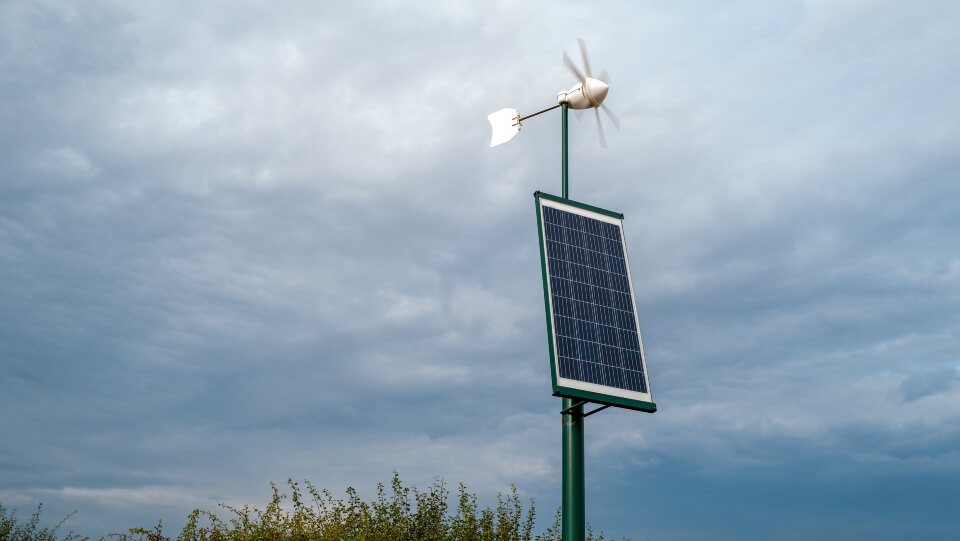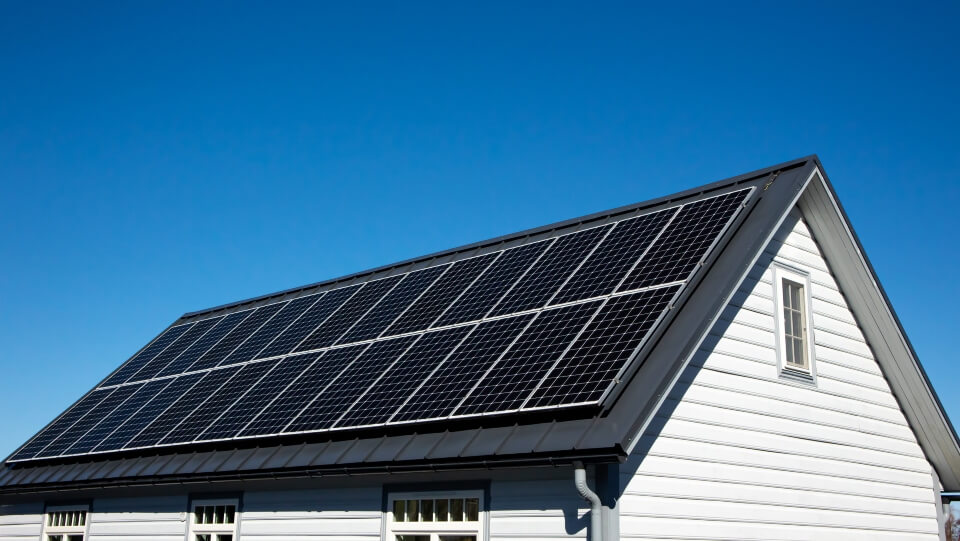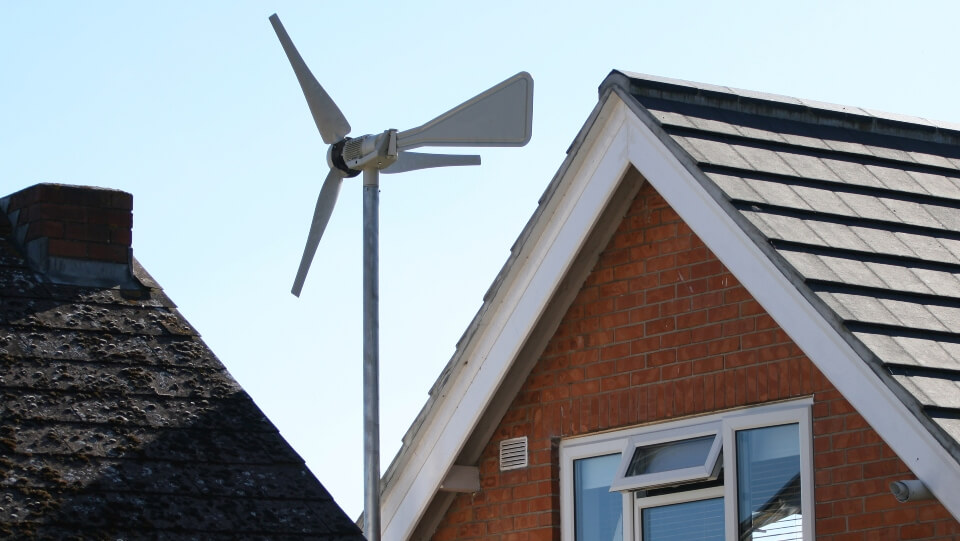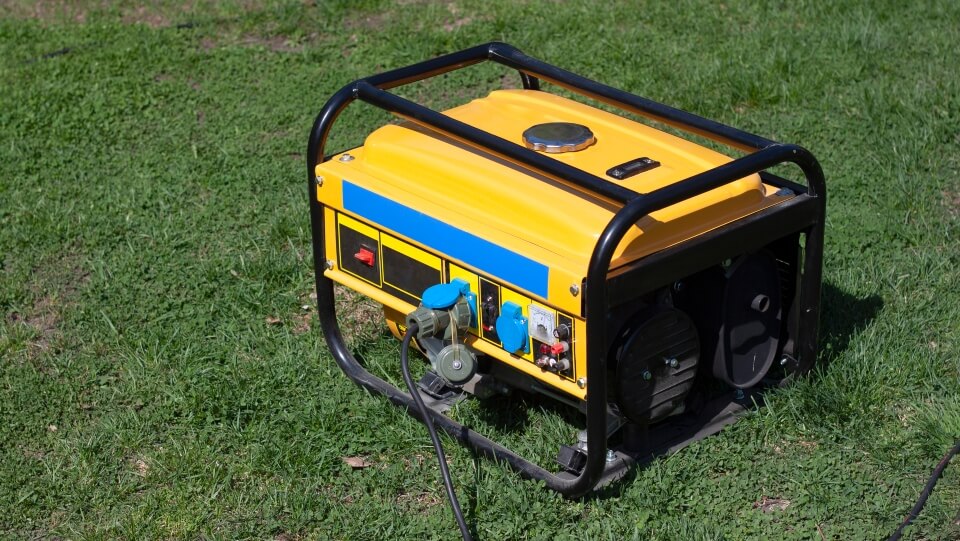 Alternative energy systems are fantastic resources for survivalists, homesteaders and anyone trying to maintain a self-sufficient lifestyle. The right one can take you off the grid completely. However, they are still vulnerable to electromagnetic pulse (EMP) attacks.
Alternative energy systems are fantastic resources for survivalists, homesteaders and anyone trying to maintain a self-sufficient lifestyle. The right one can take you off the grid completely. However, they are still vulnerable to electromagnetic pulse (EMP) attacks.
EMP attacks fry all power lines and electronics, rendering them useless. Experts estimate that 90% of the affected population would die within a year of a major EMP blast. With that number in mind, you must choose your power sources carefully. Here’s how to protect five common alternative energy sources from an EMP strike.
Solar Panels
Solar panels are far and away the most popular alternative energy systems. If left exposed, they face a high risk of EMP damage because of their long wires connected to the solar power system. Wires are like superhighways for electromagnetic pulses, so an EMP strike would likely destroy all the system’s wiring.
Solar inverters and charge controllers are particularly vulnerable to EMP strikes because of their advanced integrated circuits. The more complex the technology, the more devastating an EMP attack can be. However, the solar panels themselves might escape the damage because they have no internal circuits.
Here’s how you can protect your solar energy system from EMP attacks:
- Off-grid systems: If your system is completely off the grid, you can build a Faraday cage with copper, aluminum mesh and wooden frames to redirect the electromagnetic charges and protect the system within.
- On-grid systems: Systems plugged into the local power grid require advanced EMP shields, which provide four levels of protection classified by the Department of Homeland Security. Level 1 and 2 shields are standard for residential solar systems, while Levels 3 and 4 are for critical infrastructures.

If you want to guarantee consistent protection for your entire system, you can also switch to an EMP-hardened solar power system that the military uses. Just be prepared to pay a higher price for the additional protection. Solar systems with built-in EMP protection cost upwards of $8,000 — even the small ones.
Wind Turbines
Wind turbines are the second-most common alternative residential energy systems. Most turbines are horizontal axis wind turbines (HAWT) that create a higher rotation speed due to powerful air pressure imbalances, allowing the turbines to generate more electricity. However, this makes them more vulnerable to EMP strikes.
An EMP blast is also dangerous for wind turbines because of their moving components. If a strike occurs while the blades are spinning at high speeds, the internal wiring will experience further damage. What can you do to protect wind turbines from EMP strikes?
A Faraday cage is a viable option if you have a small wind electric system, such as a rooftop exhaust ventilator. However, most residential wind turbines are 50 to 60 feet tall, so building a cage for these systems is impractical.

Fortunately, the same EMP shields that protect solar systems can also be installed for wind turbines. These shields offer protection against EMPs, solar flares and lightning. Lightning is a bigger threat to tall wind turbines than other alternative energy sources.
Geothermal Systems
Geothermal energy systems are primarily used for heating and cooling applications. This function makes them popular for homesteaders who own minimal electronics. The setup is simple — a row of pipes is installed underground and connected to a geothermal pump in one big loop. They circulate warm water or a coolant solution to control the house’s temperature.
The only electrical component of this system is the geothermal pump itself, so you must always protect this device. The most cost-effective solution for smaller items like this is to cover it with a Faraday bag instead of a cage. They are also known as “blackout bags” and offer additional protection against punctures, cuts and tears.
Hydropower
Hydropower is an extremely site-specific form of alternative energy. It requires a moving stream to ensure constant energy generation. This requirement is convenient for survivalists, who prefer to choose locations with clean water sources for their homesteads anyway. However, converting water into an electrical current involves many long-distance delivery components.
These delivery methods mean more wires, which equals more damage in an EMP attack. The only way to protect vulnerable wires is with EMP shields — the same devices used for solar systems and wind turbines. The key is to find a shield that matches the optimal input voltage range of the hydropower system.
Portable Generators

Portable generators are great emergency power sources, but an EMP strike can render them useless. They are also highly susceptible to weather-related damage. A blackout bag checks both boxes, protecting against EMPs and physical damage. You can easily add it to your generator’s existing enclosure.
Some temporary metal or concrete survival shelters protect electronics against EMPs, but moving your portable generator into one of these shelters is a bad idea. You should never operate a portable generator indoors because the exhaust has high amounts of deadly carbon monoxide.
Protect Your Alternative Energy Systems
An EMP strike can instantly shut down unprotected solar energy systems, wind turbines, geothermal pumps, hydropower systems and portable generators. You must protect these energy sources with Faraday cages, blackout bags and EMP shields. They might be small, but they’re your best bet in a wide-scale power outage.
